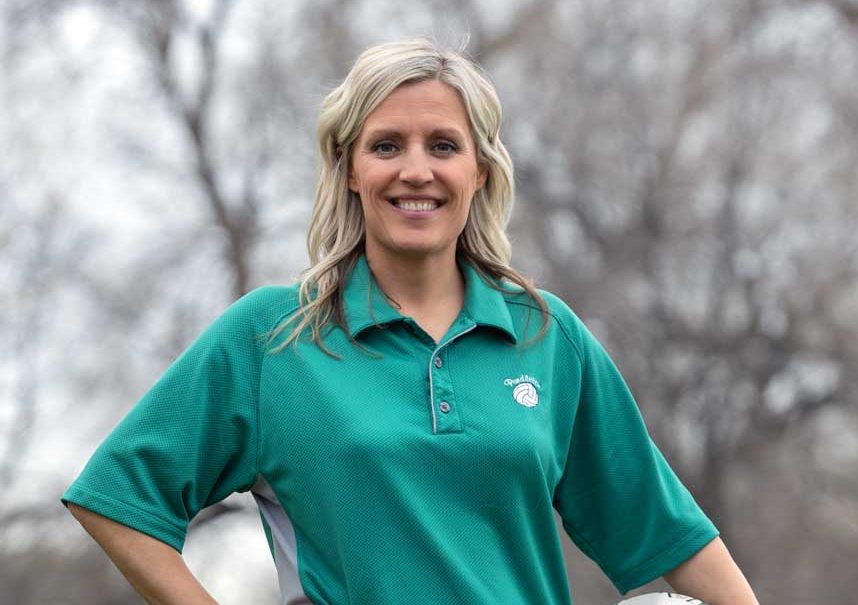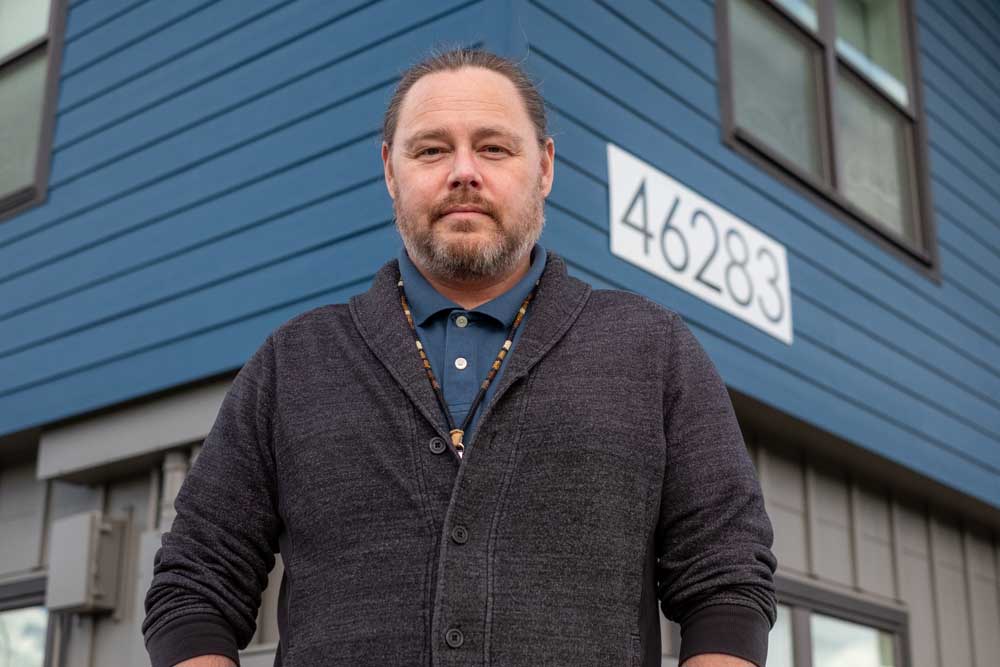Homegrown: Groundwater is complex, but solutions are available
Published 6:00 am Saturday, October 7, 2023

- Wattenburger
If you didn’t think much about the groundwater beneath our feet before this summer began, chances are you’ve given it at least a little thought since then. It’s been a hard topic to avoid.
Health departments in Umatilla and Morrow counties and the Oregon Health Authority have been doing a full-court press getting information out about testing and treating private wells for nitrates. Businesses and community organizations have partnered up to help spread the word and get tests and clean drinking water directly into the hands of residents. Gov. Tina Kotek herself visited and affirmed that water quality in the region is a top priority.
You’ve probably seen billboards, social media posts, ads in this newspaper or handouts about available resources such as testing vouchers, water deliveries and filtration systems. Well owners have even received a knock on their door and a follow-up in the mail from health agencies encouraging them to test their well and understand what’s coming through their tap.
But even with all the outreach, the exact problem and its solutions can seem elusive.
The truth is, the groundwater system is incredibly complex. There are various aquifers, geological and hydrological factors, decades of data and far more research to be done. The Lower Umatilla Basin Groundwater Management Area (LUBGWMA) — everyone’s favorite new acronym — is larger than Multnomah County and, even after 30 years of study, still shrouded in mystery. There’s a lot we don’t know.
But even without an advanced degree in hydrology, well owners should feel knowledgeable about the water coming into their homes. That’s been the thrust behind the information campaign: letting people know the potential risks of contaminants in the water below and ways to mitigate those risks as communities work together on long-term solutions.
Whether someone has been drawing water from the same well for generations or just moved into a home here this week, understanding the water source and quality is critical. Testing the well for contaminants of all kinds, including nitrates, bacteria, and arsenic through an accredited lab should be at minimum an annual event for well owners. If a filtration system has been installed, it also requires regular maintenance to remain effective. This varies by use, incoming water quality, and other factors. No two wells are the same, and your neighbor’s water quality isn’t necessarily an indication of your own.
The state and counties have worked diligently to make this information as accessible as possible and are offering ongoing support to help keep up with tests and install filtration systems as needed. But like servicing a vehicle, maintaining a roof, or getting an annual checkup at the doctor, it’s each person’s responsibility to take ownership of their well.
Access to clean drinking water is a fundamental right, and it’s a good thing that groundwater has risen to the top of our collective consciousness. Now that we’re all more familiar with the topic, we’re better prepared to work together on sustainable solutions.





